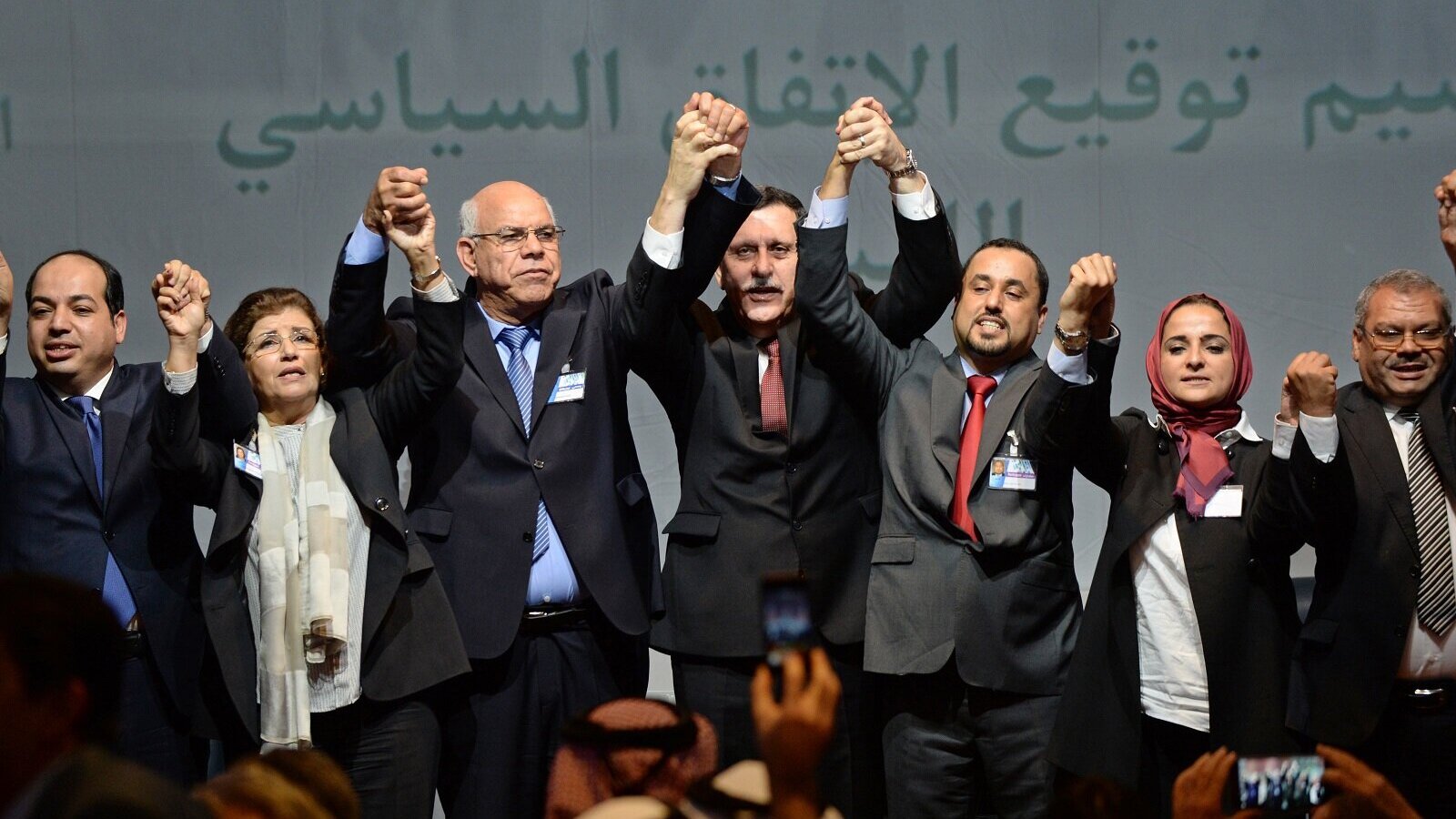The Libyan Political Agreement at Five Years: From Skhirat to Tunis
Photo Credit NewEurope
Libya has been beset by a polarising conflict since 2014, following the successful national elections and early optimism that resulted from the overthrow of Mu’ammar al-Gaddafi after nearly 42-years of rule in 2011. The ensuing crisis has been complex and widespread, and for some, crisis has created opportunity. Indeed, various foreign states have utilised Libya as a theatre for an unprecedented proxy war, and their divergent agendas have fragmented the country and its society. A lack of a monopoly of force in the country has been consequential, with the UN arms embargo, ostensibly in place since 2011, regularly and mercilessly flouted. However, for others, crisis in Libya has been a deeply felt tragedy. This is particularly epitomised by Morocco and its response to events in Libya. Five years ago, the Libyan Political Agreement (LPA), brokered under the auspices of the UN and co-mediated by Morocco, was a meaningful opportunity to settle the conflict. Unfortunately, as has been seen repeatedly, some actors exploited gaps to derail the process. Nevertheless, positive steps have been made in 2020 to bring forth the much-discussed political solution, but Libya now remains increasingly fragmented through political fault lines, a situation only fuelled by some foreign states in bad faith. These positive steps include Morocco reinvigorating its efforts through institutions legitimised by the UN-backed Skhirat Agreement and the UN-brokered Libyan Political Dialogue Forum. The fragile stalemate, crystallised by the Joint Military Commission (JMC) 5+5 signing a ceasefire agreement in October, remains a better scenario than all-out war, but local and geopolitical dynamics regrettably go contrary to a lasting peace unless tangible changes materialise.
To read the full report download the PDF here.

